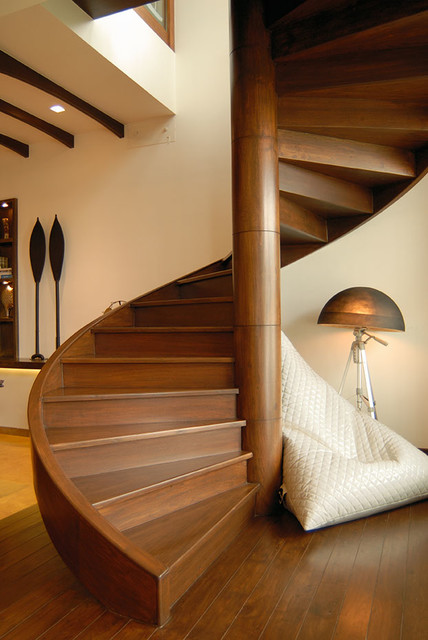Table Of Content

We’re also growing incredibly quickly, expanding both our product scope and our employee numbers. It’s crucial that we design a cohesive product experience efficiently and at scale. Like those beloved blocks, the components in a design system are highly standardized, with a recognizable look and feel. A design system is guided by clear and accessible standards, principles, and documentation. Fast, standards-based, open-source, easy to learn, and opens doors to new ways of thinking about how we compose components. Built on top of the concept of web components which give us the ability to build real, native components on the web using only web standards.
UX Research Basics
Regardless of how data was formatted, it’s important the LLM can capture the context and meaning to provide an output that’s understandable by a wide range of individuals. Finally, remember that you can also use the built-in layout templates provided by the Lightning App Builder. That can be a time-saver if you wish to build a simple high-level page layout without having to code it. In that particular case, we have more information to read and we also have different ways to express the same value (1-of-2 is equal to 2-of-4, 3-of-6, and so on). On the downside, SLDS classes do allow finer-grained column spans (such as 5-of-8) that are not available in layoutItem.
Get moving with Microsoft’s FAST web components - InfoWorld
Get moving with Microsoft’s FAST web components.
Posted: Wed, 12 May 2021 07:00:00 GMT [source]
Standard & Custom
To maintain a holistic view while creating a design system, focus on these key questions. User-centered design has revolutionized application and website design since its introduction in 1986 through an ISO standard. It birthed a new mainstream focus area of design that Don Norman coined user experience, or UX for short.
standard Iconsstandard Icons
Regional differences or personal preference can influence how users format or structure dates, currency amounts, even addresses. Accounting for a range of formats helps the LLM provide accurate and contextually relevant outputs. If the data refers to “DSR,” does it mean “daily sales report” or “deal support request? ” It could mean either, but how would an LLM know what it actually means? Users need to provide the right context in the description to help the LLM understand.
And so, with the Salesforce1 launch, this team of plucky visionaries begins documenting a pattern library and building an initial style guide for design teams. The Salesforce1 engineering team chooses the term design tokens to describe style guide values that work across native operating systems and web applications. Denise is a conversation designer who is designing and crafting generative AI and conversational AI products at Salesforce. It focuses on the process of designing an interaction between a user and a system, via voice or text, based on the principles of human-to-human conversation. Basically, it’s the art and science of how people interact with one another.
Layers of the SLDS
You know how old movies sometimes use images of rapidly flipping calendar pages to convey the passage of time? Sit back and watch the pages flip by, and—wow, it’s early 2015! Salesforce designers and developers have combined the pattern library and tokens with an expanded Cascading Style Sheets (CSS) framework to create the Landmark Design System. Think of design tokens as the atomic elements you can modify values with. They’re SLDS’s way of assigning a color or text attribute (font, font size, a few others) to a variable you can reuse in your project.

Users may include personal notes to supplement a case or meeting summary to provide additional context. But, such a note is a form of unstructured data that can contain ambiguities or nuances. Explicitly instructing the model on the specific information to extract from the given data will help ensure the LLM processes it correctly and generates relevant outputs. Everyone has their own preference when it comes to formatting style. For example, they may use bullet points, lists, or a narrative.
The best way to learn about the Salesforce design culture is from the people who work here. Adoption of Landmark grows, and Salesforce CEO and founder Marc Benioff embraces its potential, renaming it Salesforce Lightning Design System (SLDS). In early 2016, the SLDS CSS framework is added to the core Salesforce code.
Learn About Design Systems
However, using technical jargon or industry-specific words may have challenges when the LLM isn’t familiar with them. It’s possible the LLM could misinterpret the jargon if not given the right context. This version is a bit more verbose than SLDS classes, but attributes are more readable thanks to syntax coloring. These can also easily be controlled via dynamic Lightning expressions. Device-agnosticThis means that SLDS is not bound to a particular device or browser, thanks to the use of HTML and CSS standards.
Simply assign a Lightning Design System CSS class to an HTML element. Interactive base component examples are available in the Component Reference. Get started using the Lightning Design System to build Salesforce apps. It may be hard to fathom, but Salesforce didn’t always have a comprehensive design system. We invite you to journey with us far, far back in time, and experience the origin story of what is now the Salesforce Lightning Design System (SLDS).
To change the styling of a base Lightning component, first check the Component Reference to see whether the component has design variations. To change the spacing of a component, such as the alignment, padding, margin, or even its typography, use Lightning Design System utility classes. One reason the Salesforce platform is so powerful is that it adapts to the complex needs of a wide variety of users. Think of a design system as a set of building blocks (maybe even those iconic interlocking plastic ones beloved by both kids and adults).

No comments:
Post a Comment